
SAP Integrated Product Development
Transform your product lifecycle by seamlessly connecting data, processes, and teams to build innovative and sustainable products faster.



Reimagine Innovation with Cloud Product Development
SAP Integrated Product Development (IPD) is the cloud solution that helps you drive innovation. It combines teams, processes, and data into a single hub, allowing you to quickly develop innovative, sustainable products.
With IPD, you can create a seamless "digital thread" that provides complete traceability from initial requirements to production, allowing you to instantly analyze the impact of any change across the entire product lifecycle.
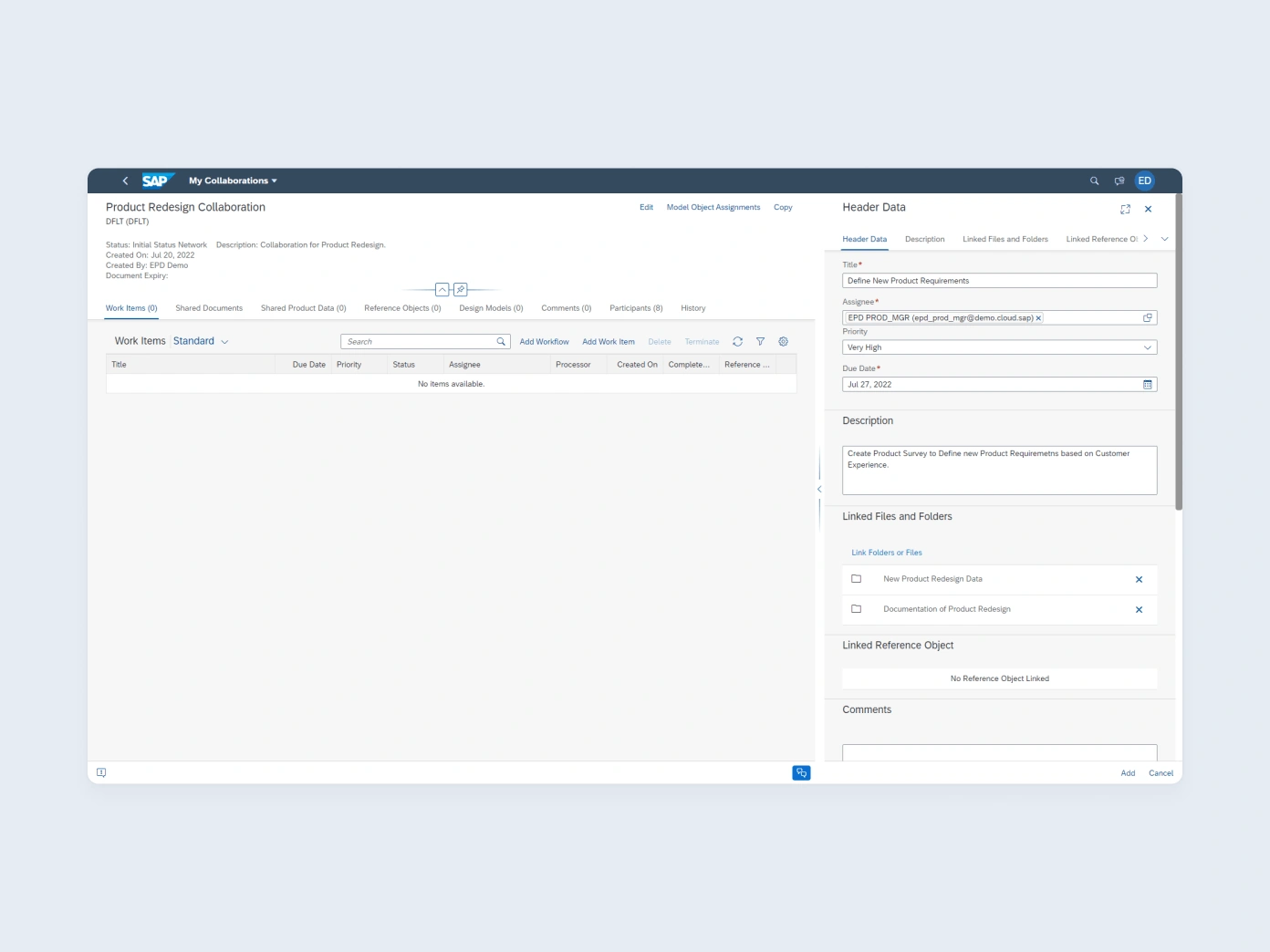
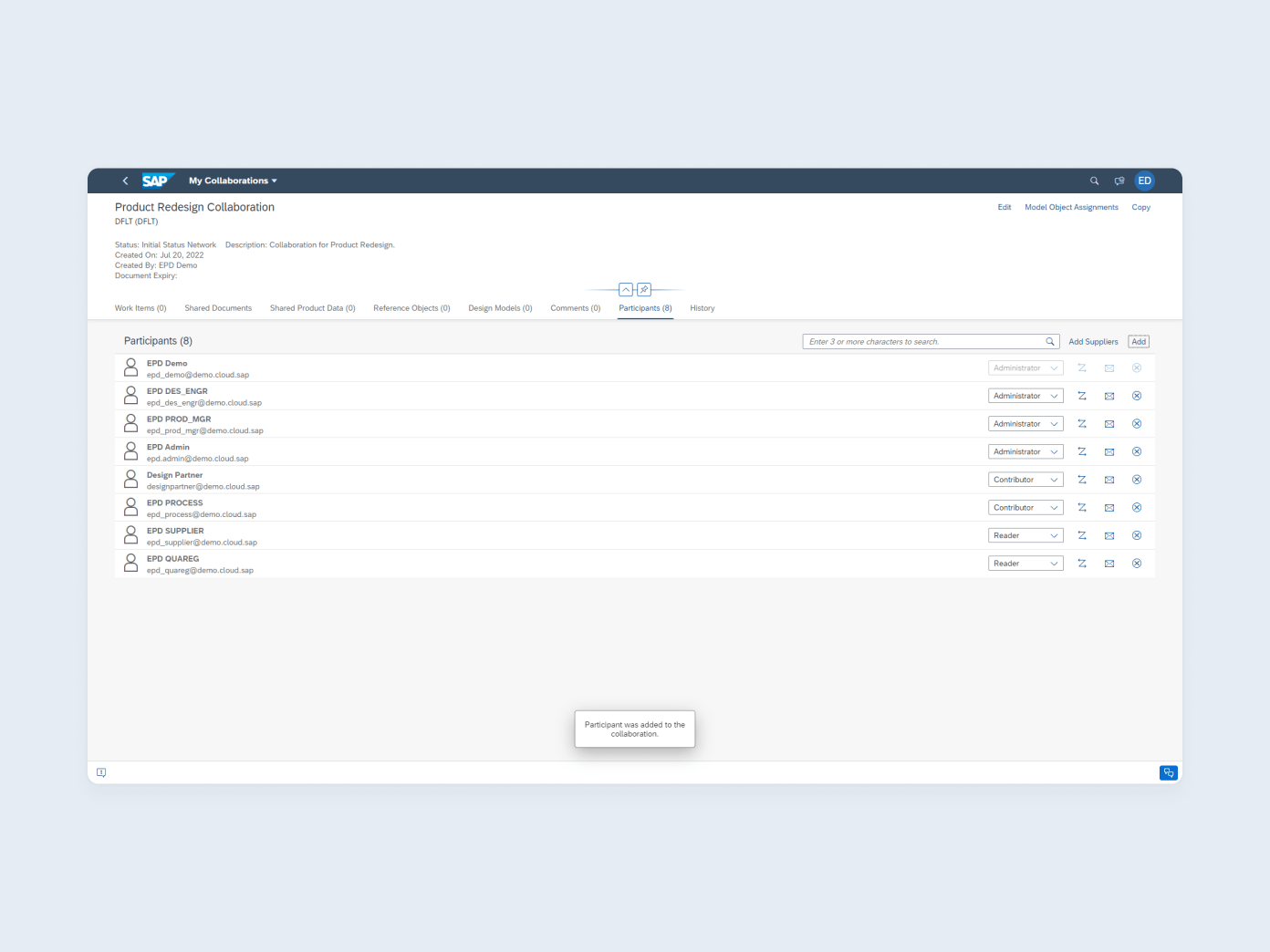
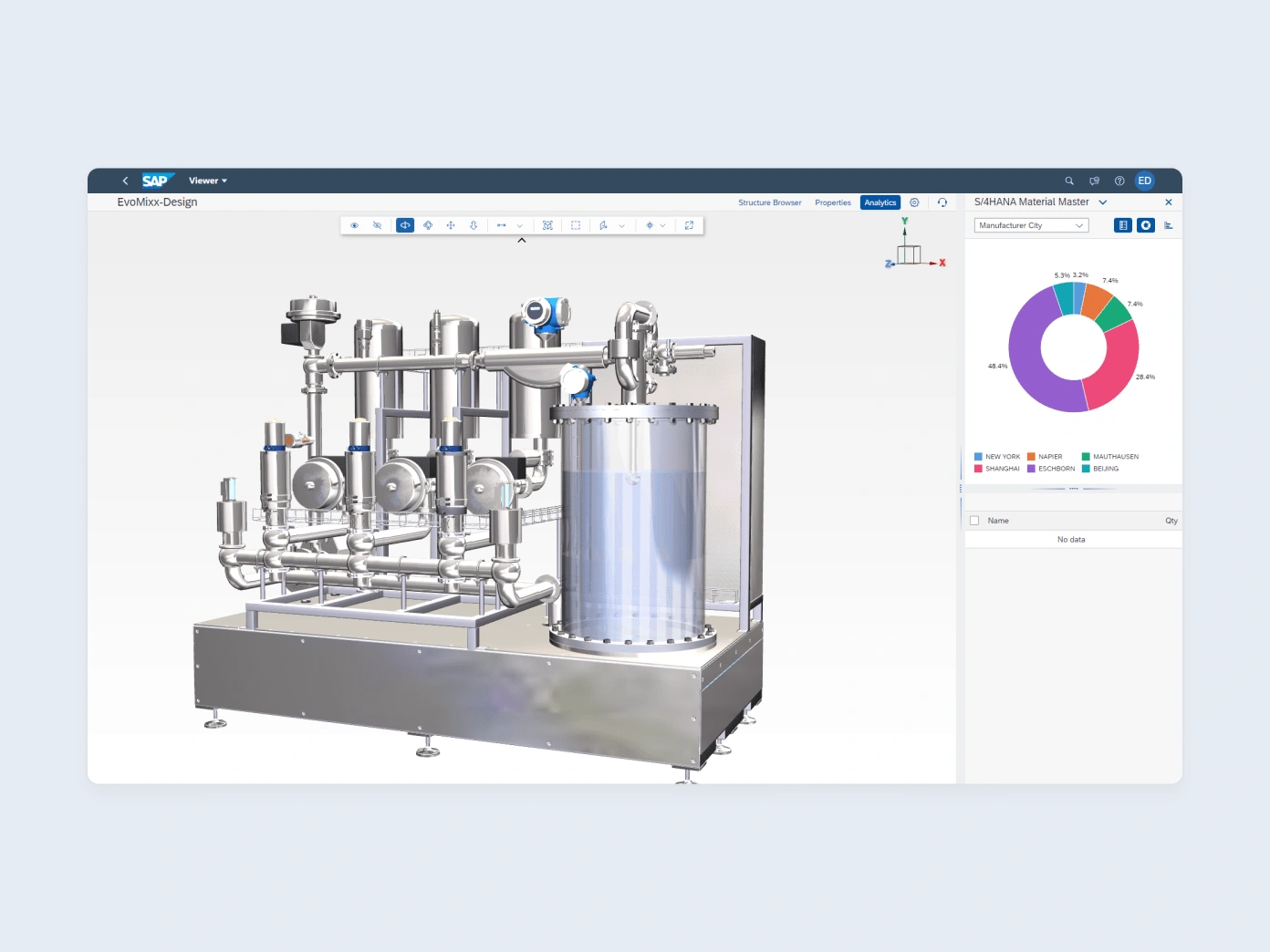
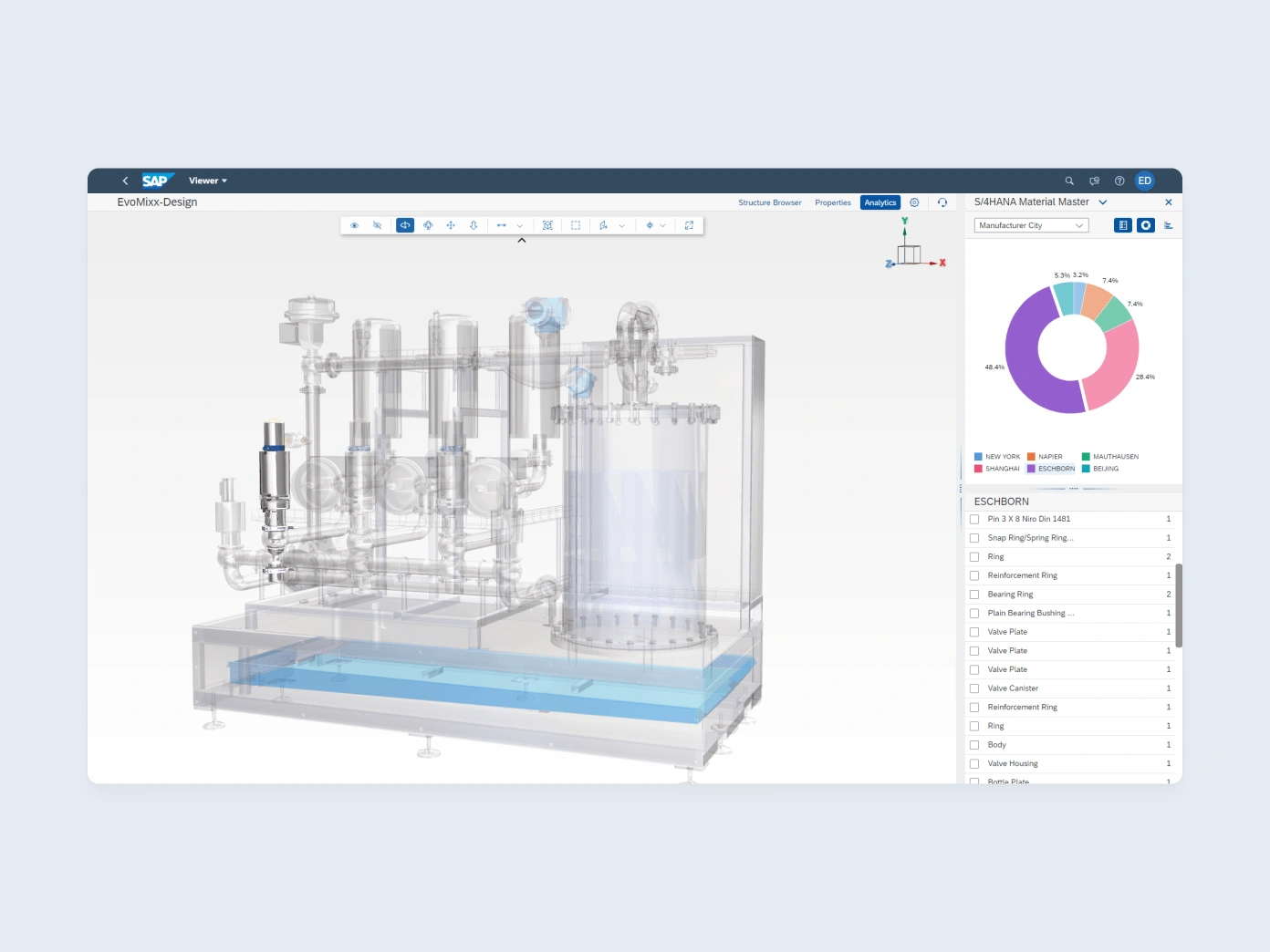
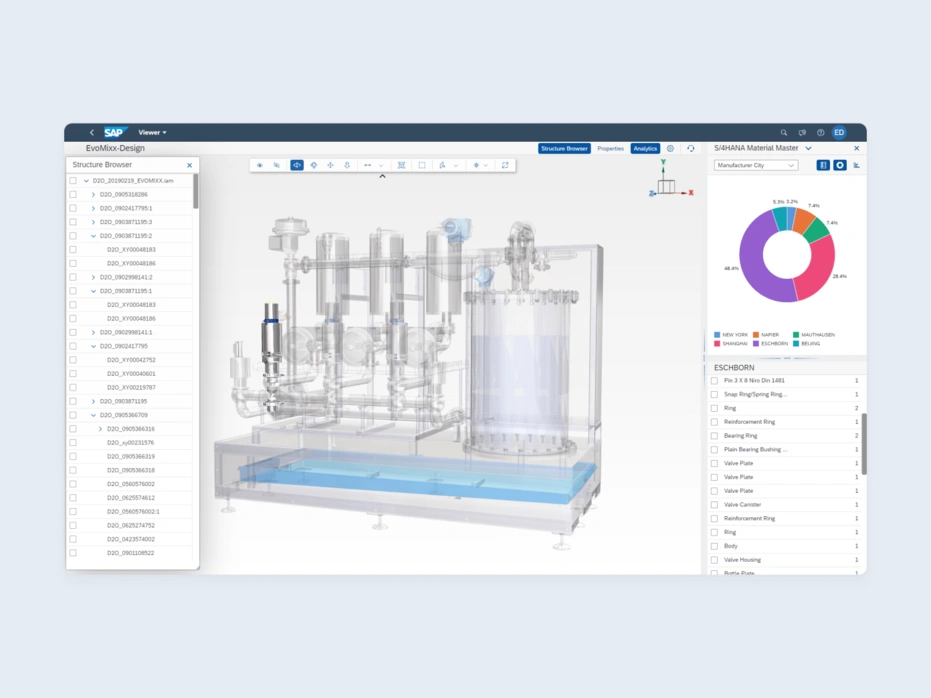
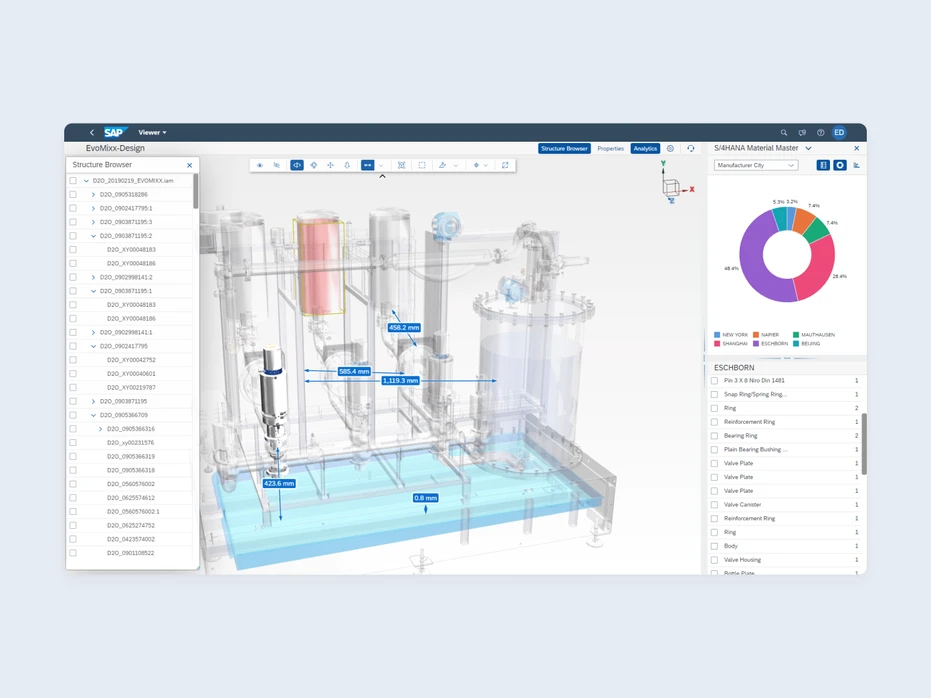
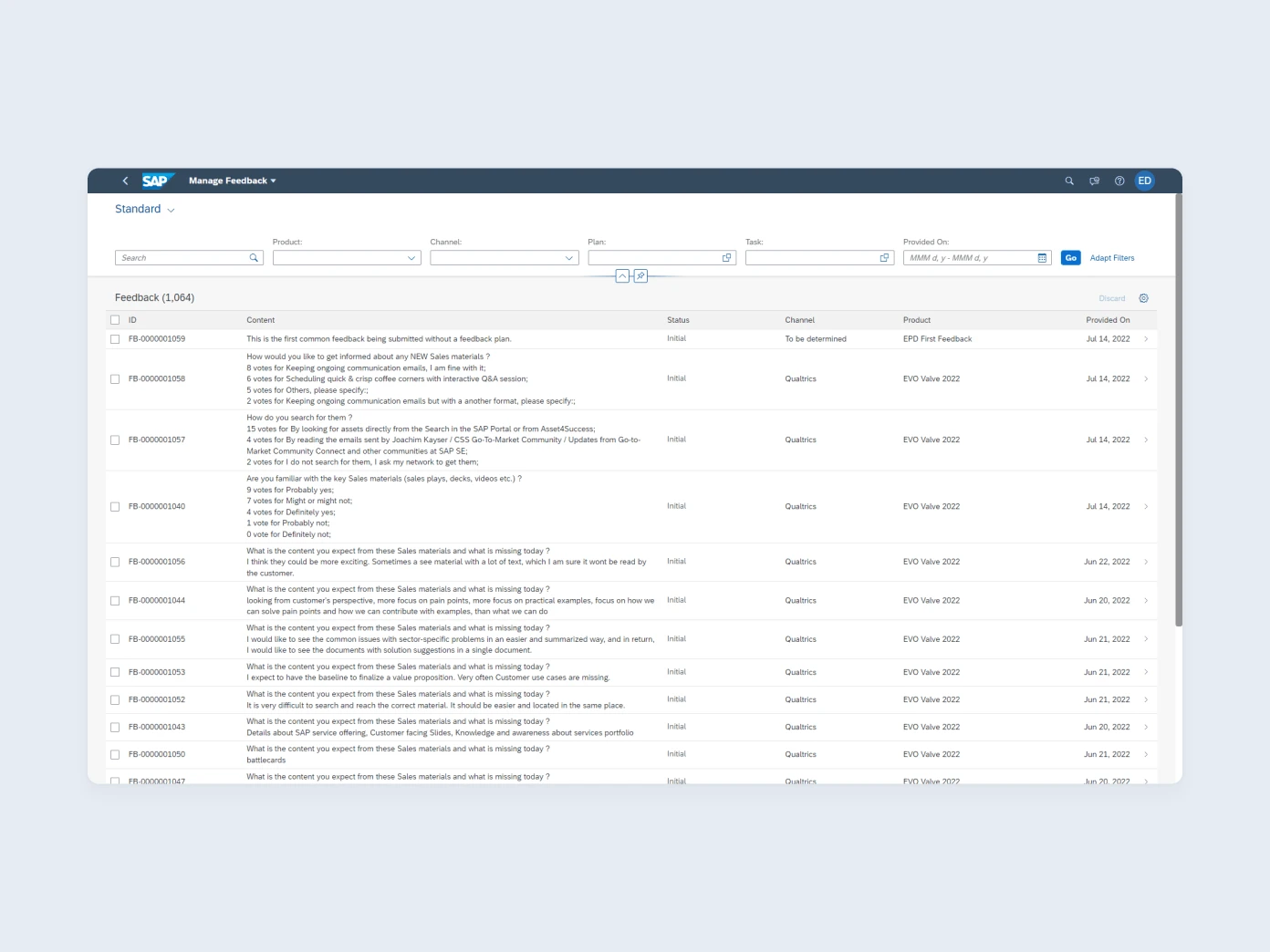
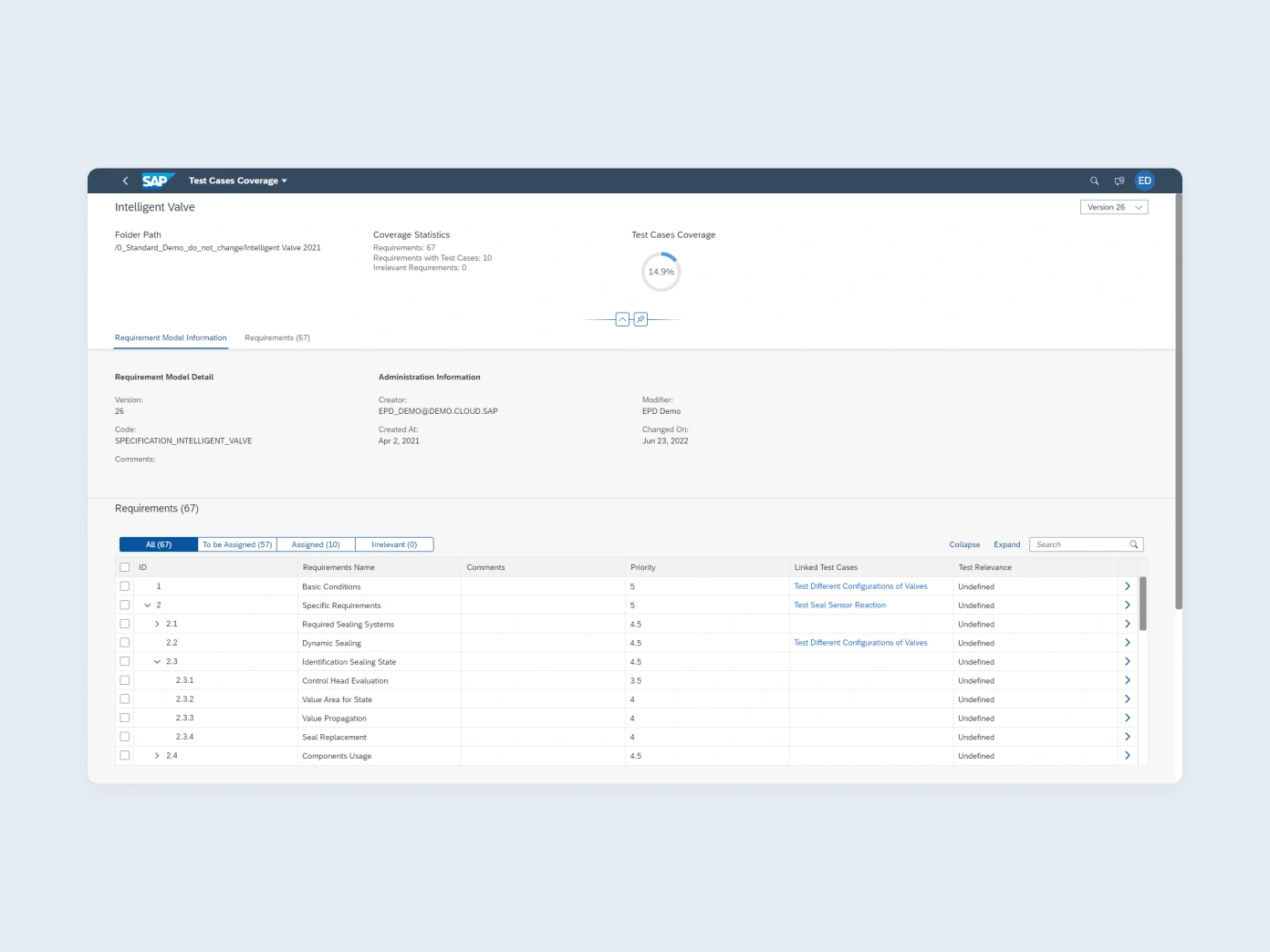
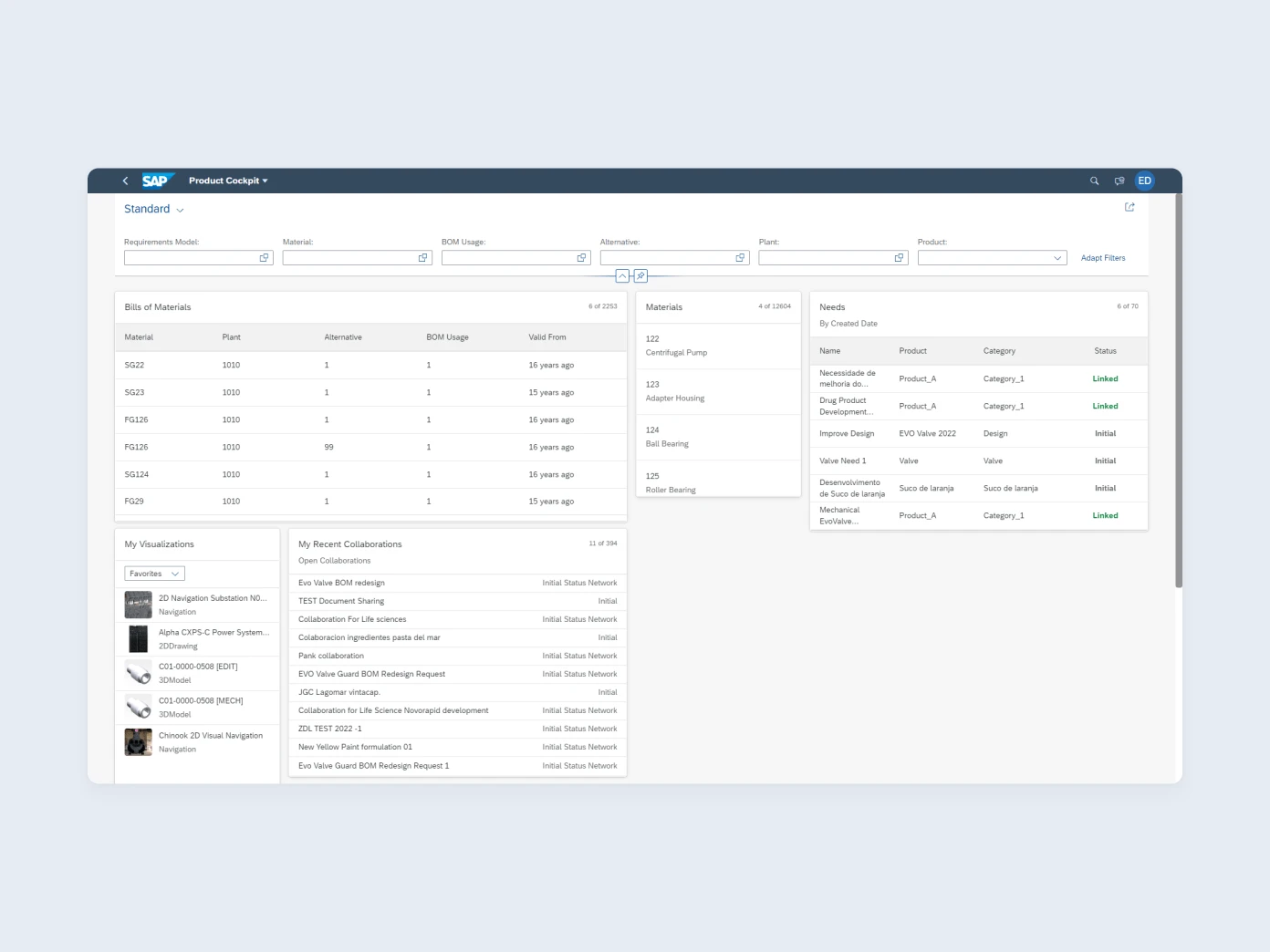
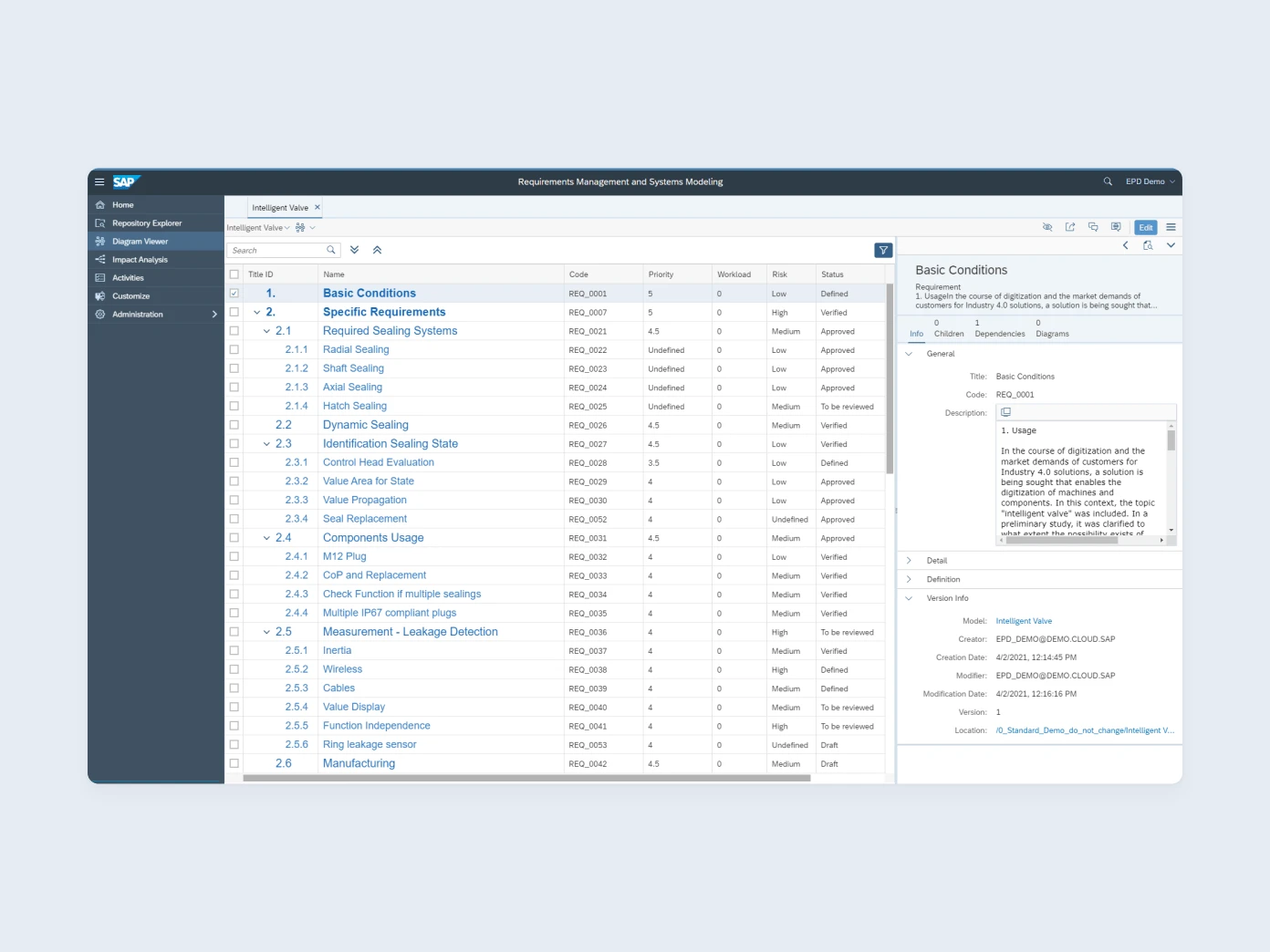
SAP IPD Benefits
Accelerate innovation
Meet sustainability requirements
Stay compliant through the product lifecycle
Connect the enterprise
Key Capabilities of SAP IPD
.jpg?width=750&name=design%20thinking%201%20(4).jpg)
Define
Launch brainstorming campaigns to find innovative ideas. Gather customer feedback and link product requirements to business data for complete transparency and traceability.

Develop
Collaborate in real time at the enterprise scale to minimize risks. Create a single source of truth for all the relevant product information, including Bill of Materials (BOMs), raw materials, and packaging. Manage product data and changes, ensuring they comply with requirements.

Deliver
Combine business data with engineering models to create "smart" products and digital twins. Transfer various types of product models to extend the "digital thread" and transform 3D data into interactive visual instructions for service and assembly.

Manage
Connect 3D CAD data with your ERP system to visualize and manage products throughout the lifecycle. Manage core product data and govern information on sustainability and compliance.
How We Can Help

Consulting

Implementation

Integration

Support

Security
Industries We Serve
Customers' Success Stories
view all portfolio
LeverX Helped A Construction Machinery Corporation Increase Efficiency by 25-35%
The LeverX team helped the customer streamline document management and product lifecycle management. We also helped the client to create a single source of truth which makes it easier to collaborate with other facilities.

BMAX & IPS INTEGRATION FOR JBS
Our team successfully integrated IPS & BMAX to transform master data creation for a food processing company.

Migration to SAP for a Medical Device Manufacturer
LeverX assisted a medical device manufacturer in migration to SAP and workflow automation.
Why Choose LeverX as Your SAP Implementation Provider?
Proven track record
Industry experts
SAP partnership
Quality and security
Investment in innovation
Flexibility
Implementation Roadmap
- Current Processes Evaluation: Assess existing business processes and identify the organization's needs.
- Defining Technical Requirements: Create a detailed specification of the functional and technical needs of the new system.
Discover
- Setting Goals and Objectives: Establish and agree on the goals to be achieved throughout the project.
- Assembling the Project Team: Appoint team members and define their roles and responsibilities.
- Project Plan Development: Create a comprehensive plan that outlines project phases, timelines, resources, and key performance indicators.
- Budget Determination: Estimate and approve the budget.
- Specifications Preparation: Develop the technical and functional specifications for the development team.
Prepare
- Ensuring Business Requirements are Met: Check that SAP IPD aligns with business requirements and project objectives.
- Data Validation: Verify the accuracy and compliance of the data.
Explore
- Data Migration: Transfer data from existing systems to the new one.
- System Configuration: Set up the solution according to requirements and specifications.
- Customization: Develop additional features and modules, if the standard solution does not meet all needs.
- Integrations: Configure SAP IPD to work with other IT systems and applications.
Realize
- Testing: Perform functional, integration, regression, and load testing to ensure that all works correctly.
- User Training: Organize sessions to help users become familiar with the new system.
Deploy
- System Readiness Check: Verify that the system is ready for operational use.
- Launch: Officially transition to active use of SAP IPD.
- Ongoing Support: Continuously monitor solution performance to identify and resolve any issues.
Run
FAQ
What is SAP IPD?
How does SAP IPD differ from the product management tools in SAP S/4HANA?
What is a typical implementation timeline for SAP IPD?
How does the "digital thread" work in practice?
Is SAP IPD only for engineers?
How does IPD make sustainability a practical part of design?
Contact Us
What happens next?
-
1
An expert will reach out to you to discuss your specific needs and requirements.
-
2
We'll sign an NDA to ensure any sensitive information is kept secure and confidential.
-
3
We'll work with you to prepare a customized proposal based on the project's scope, timeline, and budget.
years of expertise
projects
professionals
Contact Us
CONTACT US
If you are looking for an SAP Global Strategic Supplier or Technology Partner for your business, fill out the form below, and we will contact you at short notice.